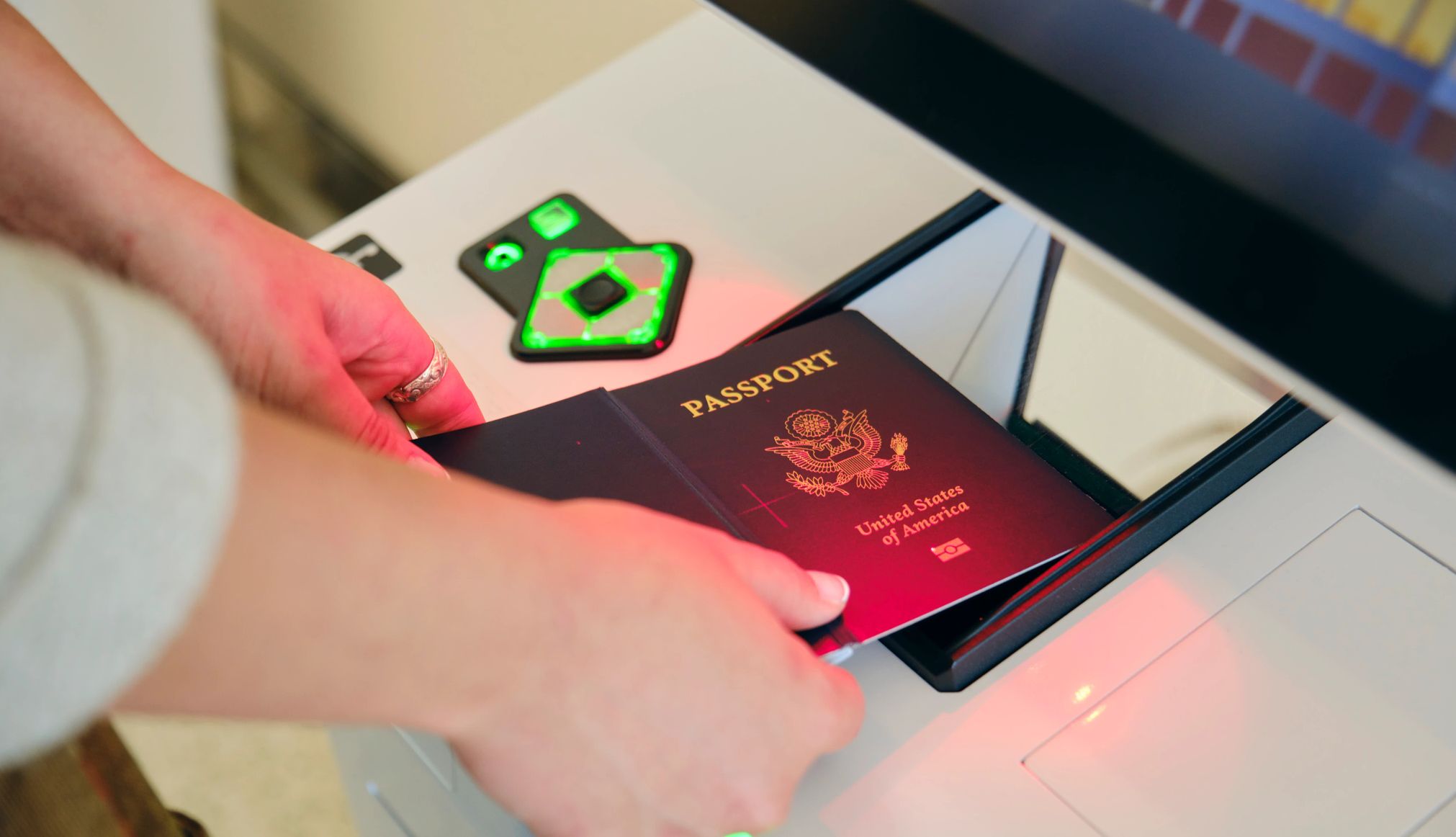AARP Hearing Center


In one of the largest benefit expansions in the history of the Department of Veterans Affairs (VA), the PACT Act provides additional health services to millions of veterans.
The Sergeant First Class Heath Robinson Honoring Our Promise to Address Comprehensive Toxics (PACT) Act, named after a decorated combat medic who died from a rare form of lung cancer, addresses veterans with toxic exposures from the Vietnam, Gulf War and post-9/11 eras.


LIMITED TIME OFFER: Labor Day Sale!
Join AARP for just $9 per year with a 5-year membership and get a FREE Gift!
Since the bill was signed into law in August 2022, the VA has conducted nearly 6 million toxic exposure screenings and approved more than 1 million benefits claims at a 75 percent approval rate, according to the VA’s PACT Act performance dashboard.
What benefits does the PACT Act provide veterans?
- All veterans who served in combat zones since the Vietnam War, along with veterans who were exposed to hazardous materials while training or on active duty, may enroll directly in VA health care without first applying for VA benefits. Any veteran who participated in what the VA terms a toxic exposure risk activity (TERA) is eligible. The category covers veterans exposed to air pollutants including burn pits, sand and dust; chemicals including pesticides, herbicides, depleted uranium and contaminated water; occupational hazards including asbestos, lead and firefighting foams; radiation; warfare agents including chemical and biological weapons; and more.
- There is no deadline for eligible veterans to enroll directly in VA health care. However, the VA encourages veterans to apply now, so they have access to care when they need it.
- More than 20 illnesses are considered presumptive conditions for burn pit and other toxic exposures, meaning veterans will not have to prove that their service caused their condition. This reduces the paperwork required and the need for a disability exam before being granted access to health care and compensation. The list includes certain types of cancers across all eligible service eras. Survivors of veterans who died due to one of these conditions may also be eligible for benefits.
- Locations were added to the list of places where it’s presumed service members were exposed to toxins.
- Every veteran enrolled in VA health care can get a toxic exposure screening and a follow-up screening at least once every five years.
- There have been improvements to research, staff education, outreach and treatment related to toxic exposures.
Note: A “presumptive” service connection means VA automatically assumes that a particular disability is linked to military service, making it eligible for disability compensation.






























































More From AARP
Veterans Home Modification Benefits Guide
Connecting veterans with programs to modify their homesWhy I Received the Medal of Honor Over 50 Years After Service
Cherokee veteran Dwight W. Birdwell on heroism in VietnamVA: Free Copays for Veterans’ Mental Health Visits
Covers first three outpatient visits per yearVA Announces New Website and Call Center to Protect Veterans From Fraud
A multiagency federal effort aims for a ‘one-stop shop’ to help military families targeted by scams